In this post, we will once again use my ASL Tactical Maxims to examine a scenario. Here, we will take a look at HazMo 5 The Blood of Lambs. I have spoken previously about this pack available from Hazardous Movement Gaming or an ASL retailer near you. I examined this scenario in preparation for The New York State ASL Championship. Since I am not playing this one in round one I am releasing it before the tournament. With that said, let’s look at this scenario.
Maxim 1: Victory Conditions
As VCs go, this scenario is easy to grasp. The VC is in two parts:
- The Germans win at game end by clearing all Good Order Russian MMC on level 2 or higher hill hexes
- The Germans win controlling 15 of the 17 buildings on board 24 between hex-rows M and V

The first thing to notice is the onus is on the German player to make it happen here. Not only that, the German player MUST accomplish both to win. From the Russian perspective, this means there are two paths to victory; keep a Good Order MMC on the hilltop or maintain control of 3 buildings at game end.
Maxim 2: Terrain
A giant hill mass dominates the northern half of the map, rising to level 2. To the northeast there is a smaller hill mass rising to level 2. The German player needs to clear all Good Order MMC off of both hills to fulfill the VC.
The southern half of the map has a small village filled with mostly wooden buildings by SSR. The small church is stone (see the arrow) and has a level 2 steeple. Additionally, there are four two-story buildings (marked with an *) in the village. A red box bounds the building VC area.
The distance from the German entry area to building VC is 18 to 25 hexes. The terrain between the entry area and the buildings is rugged and definitely slow-go terrain the German must account for.
Influence on Infantry Movement
The good news for the Germans is the Russian setup area allows them to enter onto the board mostly unopposed. A Russian MMC/MG combo 50X5/X6 can cause some consternation. These Locations offer a little reach along a line from 50N0 to 50 GG0. Other portions of the map will be mostly, if not totally, free from fire. That’s where the good news ends, though.
The terrain on board 50 is steep. Moving up hill into woods/brush is 4 MFs. Abrupt Elevation changes coming out of a stream or crossing double crest lines can be 6 MF to climb up into open ground. Do any of these in MF and they are likely to be Non-Assault Movement. Do any of these in the APh, and the units are CX’d and ripe for an aggressive Russian player looking for a CC advantage if the opportunity arises.
While your entry is likely unopposed, the Russian player will likely move forward with an eye towards slowing your approach.
The board 50 stream hinders movement and is open ground if the Russian player can get an LOS into it.
Influence on Vehicular Movement
The terrain restricts movement from the north edge of board 50 to the village area. Additionally, the Russian roadblock is likely to cut the U5 to U9 road segment. It is possible for the Germans to enter the stream somewhere along the L1 to P2 area. Keep in mind, an AFV cannot cross a double-crest (50L2/N3/O3) which hampers them in this area. Any move from a stream to a level 1 Location is an Abrupt Elevation change. Following this course yields a +1 DRM to the bog check for leaving a stream. Furthermore, looking at the map reveals one path to the hilltop through the corridor N2–>O3–>O4–>O5. Such a move would bog on a 10/11, depending on which AFV elects to climb.
It is also possible for the Germans to use the stream as a path of entry. This is not a quick path at 3MFs per hex. An AFV could also enter along the GG row. They risk a bog in GG7 to place a trail break for follow on AFVs. This is not a bad risk if played to use all the AFVs MPs to breach the woods hex.
Visualizing the Terrain’s Influence on the Battle
The most likely path into battle for the AFVs is through the 50B and 50G rows. With few credible AT assets early in the game an attack leading with AFVs is likely to brush aside any Russian resistance. Given that Infantry can also enter unmolested, this is the likeliest avenue of attack coming from the German army.
Alternatively, the Germans could push the east if they risk bog check(s) to create a trail break through GG7.
Maxim Three: Time
As noted above, the distance to the south-side of the village is 18 – 25 hexes. A unit attacking through 50B/50G needs to travel 15 hexes. At 9 turns, this works out to just under 3 hexes per turn. A successful attack must capture two of the village’s two-story buildings. As such, the attack on the village needs to be underway no later than turn 5. The two-story buildings must be under attack no later than turn 7. For the Germans, turn 9 is a full turn. This means the Russians cannot voluntarily break and rout upstairs to hold a building if the Germans can potentially advance in under the broken unit.
Still, with the distance they have to travel and the time they have to do it in, this is no simple task.
Maxim 4: Order of Battle
Assessing the German Order of Battle
Right up front, the Germans have 26.5 squads of Elite and 1st line squads! That is a ton of MMC to get the job done. Coupled with excellent leaders, including a 9-2 and three other -1 leaders, this is a potent personnel force.
For support weapons, the Germans have an HMG, two MMGs, and four LMGs. It is not unreasonable to expect the 9-2 with an MMG/HMG sitting on the hill raking the town with fire. The N5 crag hex provides +1 TEM. If the Russian leaves you some foxholes with coverage of the town, all the better.
The German AFVs are powerful for this time of the war. The IIIF, with its 3/8 and the 35(t) with its 4/4 BMG/CMG combo, is challenging for the Russian Infantry. Even the IIF, with its IFE/CMG combo, is a tall order for the Russians to stand against. Each AFV has 3 AF on the front which can stand up to the Russian ATRs. A side shot against any of these—particularly the IIIF—almost has to be taken over any other shot. The Russian AFVs aren’t as good as the German AFVs. The Germans should try to stay at ranges greater than six until they eliminate the T-60 M40s. This avoids adding to the M40’s Original TK#, giving the German AFVs better odds to hit than the Russians.
The Germans also enjoy two ATRs and two 50mm mortars.
Once these AFVs break out of the board 50 channels, they can easily get around the board.
Assessing the Russian Order of Battle
The Russians have six trenches, three foxholes, a roadblock, and 24 factors of mines. Per SSR, they cannot place the trenches or mines on board 50. Whatever you do as the Russian, do not put foxholes in K6/L6/M6/N6, and to a lesser extent O7. Providing the 9-2 +2 TEM will not subsequently help your chances of winning.
The Russians have 25 mixed-quality squads worth of MMC. For SW, they have one HMG, one MMG, and two LMGs. The HMG/MMG are each 5 PP’s. They should probably be placed on the board and never moved thereafter if at all practical. The Germans have enough MGs already and leaving yours lying around for them will not help your chances.
The Russians have two 50mm mortars. I would dedicate these to driving off the 9-2/HMG/MMG stack on level 3+. With a range of 20 hexes, these can be along the southern board edge and still reach the hilltop. Add in a -2 acquisition and they are being hit on an original DR 9. Additionally, Height Advantage is non-applicable to Indirect Fire from a mortar. With a ROF of three and a 2 even attack, German units can wither under such fire.
The Russian AFVs are not a real challenge to the German armor. The M40 with its 20LL gun has an Original TK# of 7. Range and rear can make it higher. This isn’t much better than the two ATRs the Russians have. The M40 only has MGs and should likely focus on Infantry. All of this means the AFV combat is going to be super dicey. Make sure to shoot first.
Finally, it is worth noting the Russians can exchange one 8-0 and one 8-1 for a 9-0 and 10-0 Commissar. They may exchange either or both, given the number of leaders in this scenario. In either case, exchanging for a Commissar can cut both ways. Rallying a DM Conscript in Rally terrain on an 7 can provide an otherwise unexpected resolve to the Russian defense. As we will see below, the Commissars will form the foundation of our defense. I bet you didn’t see that coming.
Making a Plan

Here we see a tentative plan for this game. I have divided the map into two separate Festungs. The overarching strategy here is to kill the German Infantry. The Russian goal is to make it impossible to capture and control enough buildings to win the game (Maxims 1/4). In particular, killing German Infantry is primary to fulfill this objective.
Festung One
For Festung One, the plan is to push out to fill the level two space. A 9-0 Commissar anchors the defense here. He will push DM troops back into the fray quickly. This is good as this fight here is to the last man. There will be no falling back from here. A single Good Order MMC left here at the end of the game will win the game (Maxim 1). This is not likely to happen. Our goal is to last as long as possible (Maxim 2).
For the Germans, clearing Festung One is not optional. They must also decide on how much to commit here (Maxims 1/4). Their AFVs will not be a factor in the interior of the woods mass. The fight here is an all Infantry engagement (Maxims 2/4). Subsequently pushing outward on turn 1 makes it possible for the first shots to be against units moving through open ground. As the fight develops, expect to lose some of your units to the Commissar. These losses should be offset by the ability to quickly push units back into this fight (Maxim 4). Using the terrain here in this manner negates some of the German advantages (engagement range, Maxims 2/4).
The 5-2-7’s should seek out CC if they have favorable ambush drm or if the German units they seek to engage are CX. Such CC attacks will favor the Russians. Avoid subsequent melees when ambushing the Germans.
The road block needs to be covered with fire otherwise the Germans may be able to clear it in their Defensive Fire Phase. If they clear this in their Defensive Fire Phase, the German AFVs will be free to move in their upcoming MPh. Letting the German armor out early is going to create huge headaches for the Russians.
Festung Two
In the village area, the plan is to conduct a slow fighting withdrawal. Make sure every inch of ground costs the Germans time and resources (Maxims 3/4). There is nothing particularly subtle or flashy about this defense. The goal is to make this a slog for the Germans. We should do what we can to avoid Close Combat and RFP should be the word of the day.
A Commissar again anchors the defense. The Russian player should take Final Protective Fire shots, particularly if there is a -1 or -2 DRM. Alternatively, the Russian player should take advantage of skulking in their own turn (Maxim 2). The Commissar is going to provide some backbone to the defense, even where Conscripts man the line (Maxim 4).
Picturing the End Game
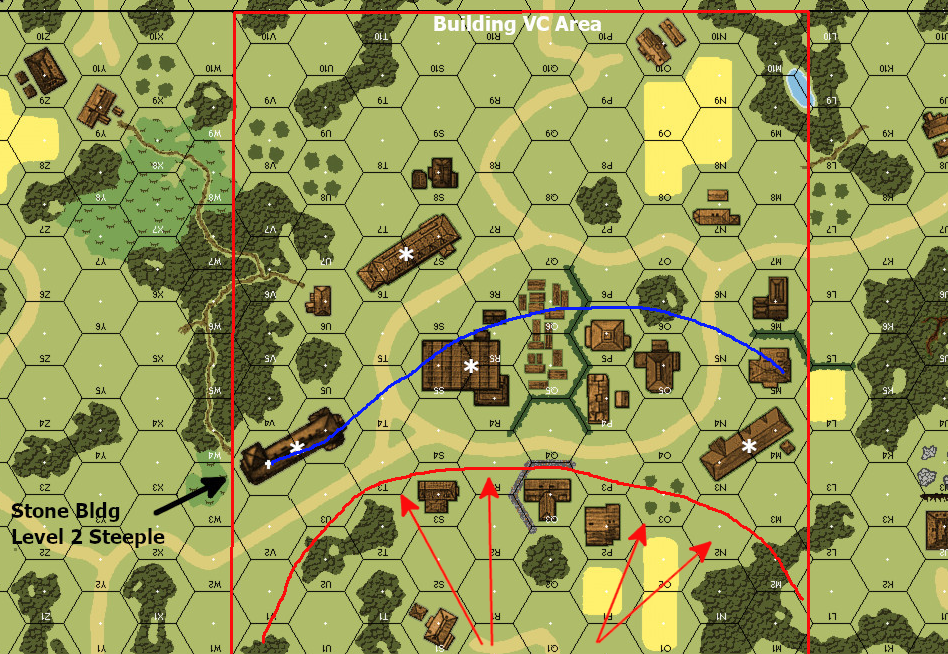
Picturing the End Game
In the image above, the red arrows represent possible Locations for the Russian Armor (Maxim 4). Remember, the Russian goal is to kill German Infantry (Maxim 4). Doing so denies them opportunities to capture and control buildings (Maxim 1). Do not go hunting German AFVs with the Russian tanks. Doing so just makes the German job easier (Maxim 1). In AFV warfare, the side taking the first shot usually wins. Consequently, make the German player come dig you out. Place your AFVs to defend the red line. Look for Locations where the Germans can only shoot at a range of 0 – 6 (Maxim 2). Such placement minimizes the German advantages and provides you the best chance for success (Maxim 4). There better be a very compelling reason to shoot his AFVs rather than Infantry (Maxim 1) .
The red line and the blue line represent two key lines of defense (Maxim 2). You should make the German pay a very steep price to advance beyond these (Maxims 2/4). Hold the blue line and delay the German as long as it is possible (Maxim 3). Use the Commissar to shuttle troops back into the fray (Maxim 3/4). Hold the red line at all costs. Finally, fall back to the red line to relieve pressure and hold here at all cost. in the end, holding 3 buildings inside the red line results in a Russian win.
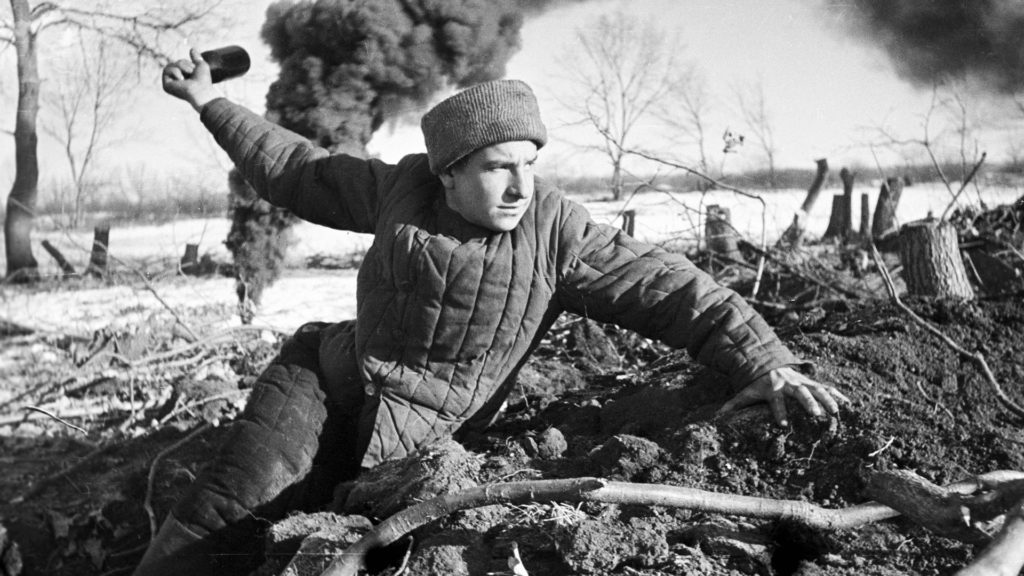
General Observations and Considerations
The distance between Festung One and Two will cause the German player to be very precise in deploying his forces. Too much dedicated to clearing the hill may mean too little dedicated to capturing buildings (Maxims 1/4). Accordingly, this places a premium on Infantry heading to town as only Infantry can take control of buildings (Maxims 1/4).
The mines are a crap shoot. As a result, you can probably suggest any number of other Locations. Above all, we are trying to anticipate how the Germans will approach the village. I have placed the AT mines in a position where an adjacent hex cannot be used to bypass them. Because the road segment 50Y1 – 50Y6 is not covered with fire, I anticipate some German Infantry to enter in this area. Hence the AP mines are here to slow progress through this corridor.
The 9-1/HMG in the Steeple should shoot any high-value Infantry targets crossing open ground in his LOS (Maxims 2/4). Don’t hesitate to keep this here until game end. This should be a strong point when combined with whatever else falls back through the surrounding woods (Maxims 2/3/4). It is not unreasonable to hold this building until the bitter end (Maxims 1/3/).
The 50mm mortars are there to clear any German kill stack lingering around 50I7 to 50M7 (Maxims 2/4). As previously mentioned, Height Advantage does not apply to Indirect Fire (Maxim 2). A ROF 3 weapon with a -2 acquisition will hit on an original DR 9. With a follow on 2 flat IFT DR on a hit, the German Infantry will not likely stick around (Maxim 4). Even a 2+1 against Crag terrain should cause concern with a ROF three weapon (Maxim 4). However, reposition the mortars if the German approach provides opportunities for air burst attacks (Maxim 2).
The 50mm mortar in 24P7 is also in position to interdict units using woods hexes to get into the board 24 village. Once the Germans are inside the mortars minimum range, this HS needs to run away if still alive.
Conclusion

This is my take on the Russian side and I hope you find this helpful. These take some time to produce, so please let me know if you find these articles useful. While I enjoy creating them, I prefer to create articles people actually read. Your feedback will help guide me here. The site hit counter suggests people are clicking on these articles. Without feedback though, there is no way to know how they are received. Please leave a comment below and let me know what you think. I hope everyone has a happy holiday season. Until next time. — jim

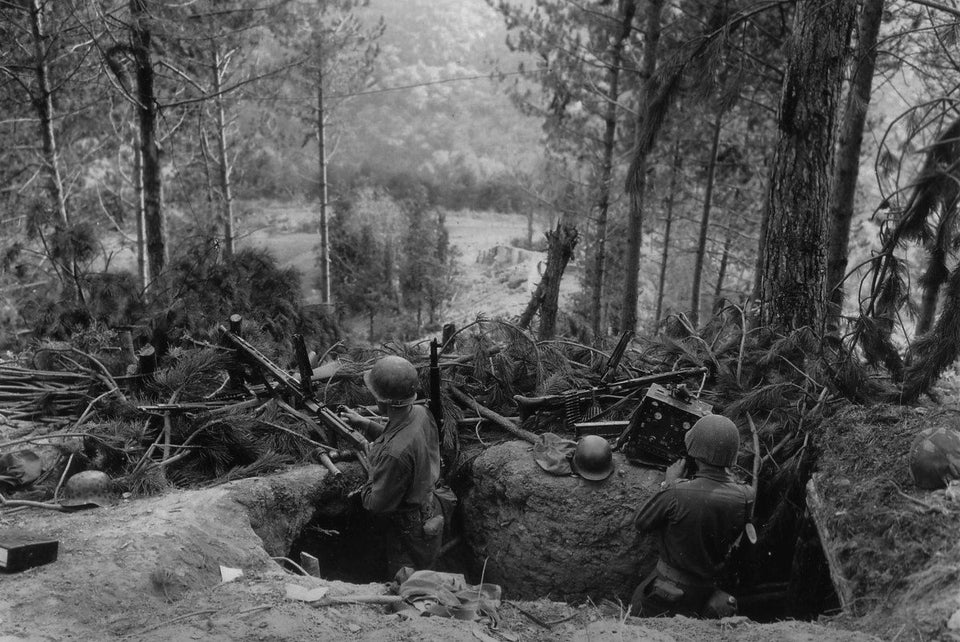
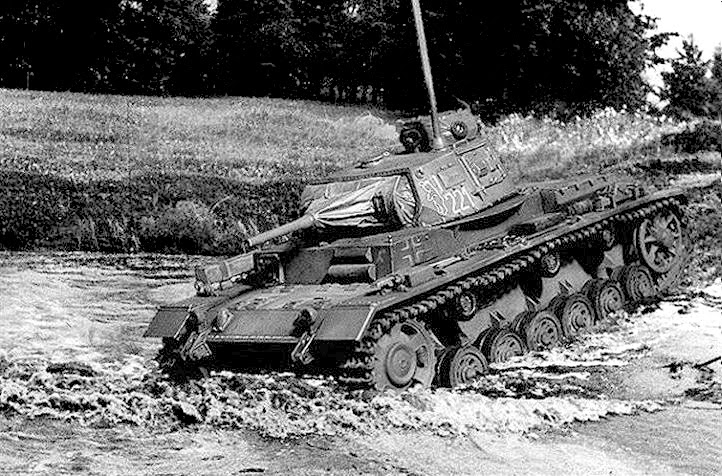
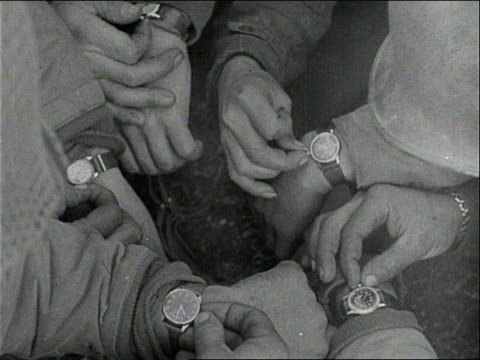
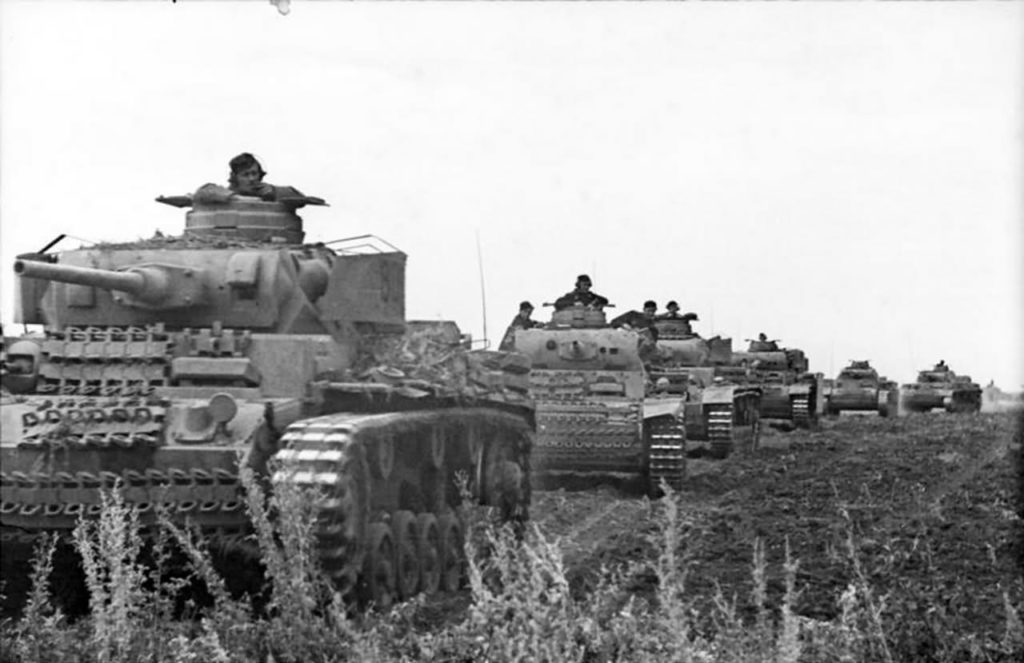
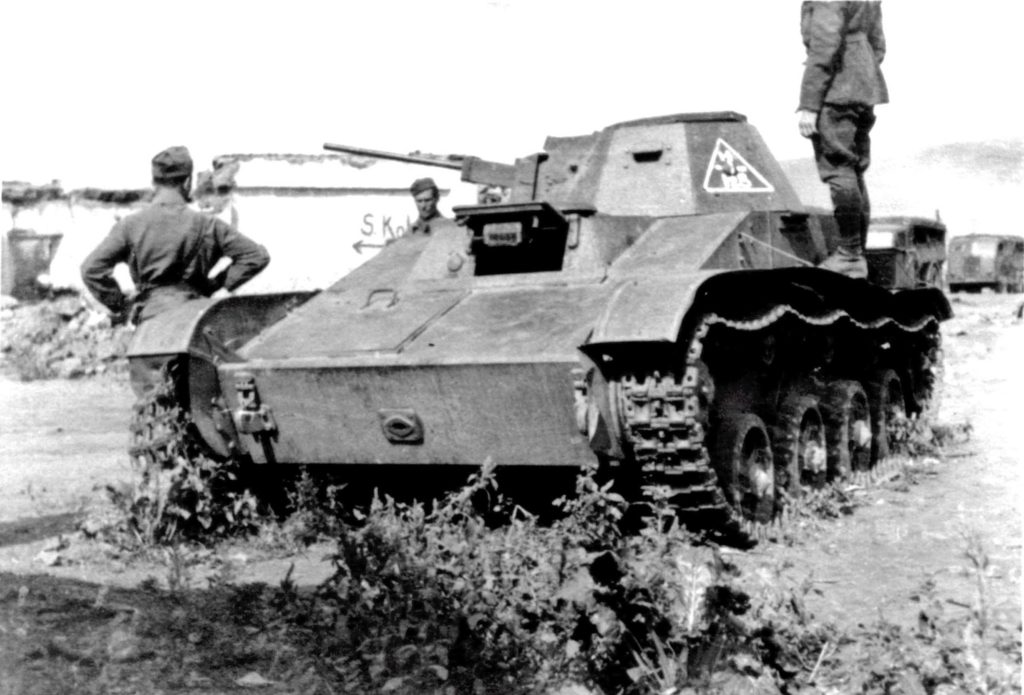
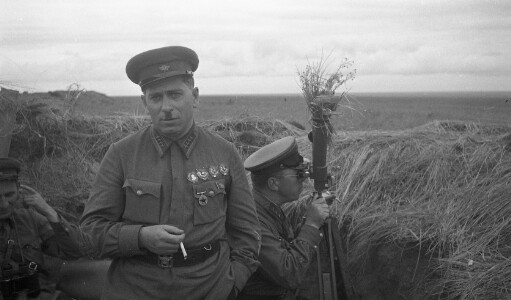
Very interesting read. Would be good to see a follow up article discussing the German response to the Russia set up, particularly with regard to division of forces to attack the two separate targets. There is a discrepancy between diagrams showing the board 50 hill mass. Are they level two by SSR as suggested in the first sentence of Maxim 2 and the “Making a Plan” diagram or do they rise to level four as shown in the first diagram and suggested in the first VC paragraph (“level two or higher hill hexes”)?
Send me a German setup with units properly concealed and I will do the so. It is hard to speak about what an attacker should do since much of it is dictated by what the defender does.
WRT to the levels, as you note, they rise to level 2. I corrected this between the first and second example but didn’t go back and fix the first. I will try to re-create the example today if I can. Otherwise, it does work as is since your boards at the table don’t change 😀
Thanks for your feedback.
I have replaced the image to reflect the level 2 hexes.
Congratulations, you taught me something that I did not know: Height Advantage is N/A to indirect mortar fire.
Just be careful. There is a Q&A stating the mortar is NA for routing and concealment loss purposes. Since it negates HA, those units should be subject to concealment loss/interdiction but they are not. — jim
Do you have a link to this Q&A? There is certainly one that relates to concealment loss, where possession of the mortar is irrelevant, but I can’t find one relating to interdiction.
This is the Q&A that I have:
“A10.531
A concealed unit advances into an OG hill hex that is devoid of cover or SMOKE/smoke. The only opposing unit that can see that movement is at a lower location and is armed with a mortar and within the effective range of the mortar and < 16 hex range. Does the advancing unit lose concealment? Is the answer different if the unit at lower level is inside or outside of the effective range of the mortar?
A. No. (The mortar is immaterial.)"
This makes sense with regard to loss of concealment since possession of a mortar doesn't make it any easier for a unit to see a concealed enemy when assault moves on a hill.
"10.531 OPEN GROUND: For purposes of rout determination, Dash, concealment gain/loss, and Interdiction, an Open Ground hex is any hex in which the particular enemy unit(s) could apply, during a hypothetical Defensive First Fire opportunity (regardless of what attacks it actually made in previous phases), the -1 FFMO DRM."
I think that this Q&A can be reconciled with 10.531 on the basis that a mortar is not a "unit" and cannot "see" a concealed enemy.
As you say however, a mortar should be able to interdict a broken enemy unit:
"10.53 INTERDICTION: A routing unit which enters an Open Ground hex without Low Crawl, in both the LOS and Normal Range of an unbroken enemy unit capable of fire on it in that hex with at least one FP without any form of LOS Hindrance, is subject to a NMC and everything that normally entails…"
A unit possessing a mortar is "capable of fire" within the meaning of 10.53.
If it isn’t open ground for Concealment loss, it isn’t open ground for Interdiction. That’s my take on it anyway. Given how Perry ruled, I doubt he would change his answer on Interdiction.
FWIW, sure, a mortar isn’t a “unit” but then neither is an ATR or 8-16 HMG which can Interdict out to Normal Range. — jim
Might be worth asking him. I can see how possession of a mortar is “immaterial” to loss of concealment but not to interdiction. There certainly seems to be an inherent tension between 10.53 and 10.531.
Hi Jim thanks for posting this analysis
I played this one as the Russians back in September (my opponent and I have both posted comments on the Scenario Archive) very similar setup with the 2x Commissars taken, HMG at V3 Lvl 2 and a double “Festung” strategy of the hill and the village
Lost the game failing to inflict enough hurt on the German infantry ahead of their push into the village. I think my biggest mistake was putting all the Conscripts on the hill (“Festung one”) where I expected to recycle my forces much more effectively than it turned out. The Commissar rallies them on a 7 (you say 8 in the analysis but I’m pretty sure it’s only a 7. Conscrpit broken ML 5 +1 Commissar +1 Rally Terrain for a 7) but this is two pips worse than either of the First Line squads (broken ML 7 +1 Commissar +1 Rally Terrain for a 9). Rally failure of the Conscripts also knocks them down to a HS whereas the 1st Liners, whilst dropping to Conscript, if you can get them back they are still dealing 8FP adjacent. Finally I also didn’t account enough for the low ELR of 2 so about half these upfront squads Disrupted and subsequently surrendered so no opportunity to Rally
The Panzers feel very powerful in this one where the Russian squads often just have to sit there and take a 4 or 8 FP shot adjacent (concealed / unconcealed) and they certainly don’t want to get caught outside of TEM terrain because of the OVR potential
ROAR is showing this one 4-1 German, too few playings to draw any definitive conclusions but as the Russians I would happily trade a couple of squads for an ATG 37mm / 45mm to give the Panzers some more jeopardy
That said I would happily play this one again as the Russians and give it a go with what I’ve learned from my previous playing and your analysis
Cheers
Simon
I corrected the Conscript rally. Thanks for letting me know.
You’ll notice the bulk of my Festung One is made up of 5-2-7s. I would skulk backwards with them and make sure I got the first shot. I don’t think this one wins it for you but it neutralizes the effect of the tanks (they can’t shoot “interior” hexes) while putting pressure on the attacker to get his force application correct.
WRT the tanks, you’re either going to get lucky with an ATR or try to bring him onto your tanks in the end game. It is a challenge for sure.
I am glad you enjoyed the write up.